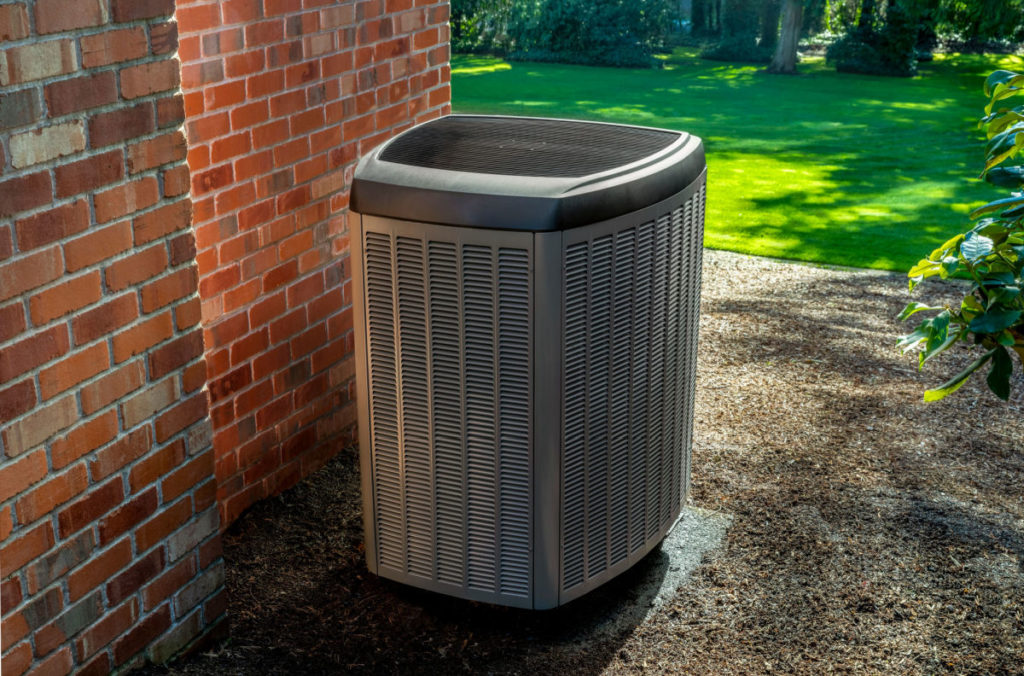- 24/7 Emergency HVAC Repair
- Financing Available
- We Accept All Major Credit Cards
Types of Heating Solutions: Which One Is Best for Your Home?

We all know about the importance of heating our homes, but not many people are aware of the various types of heating systems available. Some homes only need one heating source, while larger homes or additions require additional capacity to meet their needs. There are plenty of options available and if you’re considering a brand-new heater or upgrading with a brand-new furnace installation, we’ve got you covered with all the heating options available today.
Central Heating vs. Direct Heat
For homeowners, it’s important to distinguish between central and direct heating systems. Central heating systems include things like furnaces, heat pumps, and boilers. They are centrally located systems that use ductwork or water piping to transfer heat throughout your home. Most people keep their homes powered with these units, but you can get a direct heating system as well.
The name accurately describes the responsibility of these units, as they provide heat directly to a location without a central system. They include options like space heaters, fireplaces, and wood stoves, but the most popular options today are ductless heat pump systems. They’re usually used as supplemental heat sources, but they can provide all the required heating in some homes.
Furnaces
Furnaces are the most common method Americans use to heat their homes. Furnaces blow hot air through their home’s ductwork and deliver that air via diffusers or registers. They’re versatile enough to be powered by different sources, including electricity, natural gas, or fuel. In oil and gas furnaces, the substance is burned and mixed with air and heats a metal heat exchanger. The heat is then processed throughout your home by a fan. Furnaces usually share the same ductwork and blower as an air conditioner, giving homeowners year-round comfort.
Boilers
Boilers are commonly found in older homes and use a central unit to circulate steam and water through pipes to radiators or baseboard elements around your house. These systems aren’t as efficient for large areas but were a reliable source of heat for many years. Boilers use natural gas propane fuel oil or electricity, and because of how the heat is created, it doesn’t “dry” out the air like some other options.
Heat Pumps
Heat pumps are heating systems that don’t actually provide “heat” in the traditional sense. Unlike furnaces and boilers, heat pumps transfer hot or cold air into and outside your home. In the summer, a heat pump will move heat to the outdoors, which cools the air inside. However, in the winter, heat pumps do the opposite and transfer cool air to the outside of your home. Geothermal (or ground-source) heat pumps harness heat from the ground, which is a more consistent source of heat. These systems are much more efficient than other options, but also are much more expensive.
Ductless Mini Splits
Ductless mini splits are specialized heat pump systems that don’t require the use of air ducts. This allows for more flexibility to “zone” different rooms and locations. Basic ductless mini splits contain one outdoor and one indoor system. The indoor unit delivers the warm air directly to whatever room it’s in. A multi-zone system is the convergence of central and direct heating systems as one outdoor unit can connect to up to eight indoor units, giving different levels of heat to different rooms. Multi-zone systems can even combine ducted and ductless indoor units on the same outdoor unit.
Radiant Systems
Radiant or “in-floor” heating systems are a variation of boiler systems that provide heat throughout your home by using special tubes installed on your floor, walls, or ceilings. Radiant heating occurs due to infrared radiation, with heat transferring directly from the walls onto the objects within the corresponding room. Have you ever had a stove on and felt its warmth from across the room? Radiant systems work in the same kind of way. It can be much more efficient than other sources, and won’t distribute allergens as a duct-based system might.
Baseboard Heaters
Baseboard heating can be powered by a boiler (hydronic) or electricity as a direct heat source. Both types operate in much the same way, where heated air rises from the baseboard, while the cooler air comes down toward the unit and is then heated. While they’re usually used as a form of supplemental heating, electric baseboard is the least expensive heat to install.
Get Your New Heating System Installed By Professionals
Whether you prioritize efficiency, cost savings, or all three, there’s no discounting the importance of getting a professional installation for your heating system. They might not seem intricate, but there’s no room for error when getting your heater installed. At W.F. Smith Heating & Air Conditioning, we have spent years providing heater installations in Philadelphia and the surrounding areas. Contact our team and get a quality heat pump, boiler, or whatever home heating system that you desire!

I’ve been dealing with WF Smith for many years and have found them to be consistently reliable, professional, responsive and courteous. I recommend them without hesitation. I have recently replaced my builders’ grade HVAC (not initially installed by WF Smith) with Lennox products and, though the Lennox products are new on this house, I had Lennox products on my last home in Long Valley, NJ which I had built and was very pleased with their performance there. So, I have every expectation that I will be able to rely upon the product’s performance and manufacturer’s warranties, as well as upon the workmanship that characterizes the installation.

